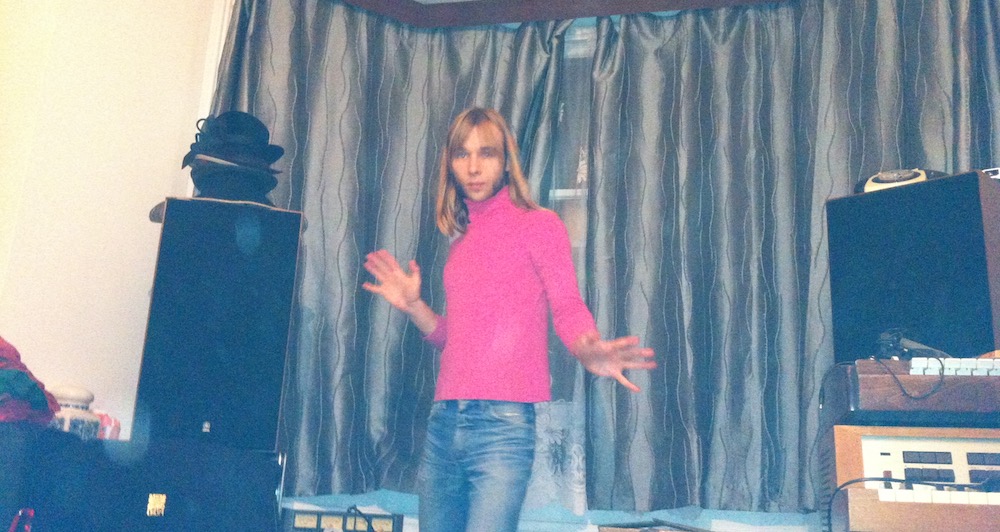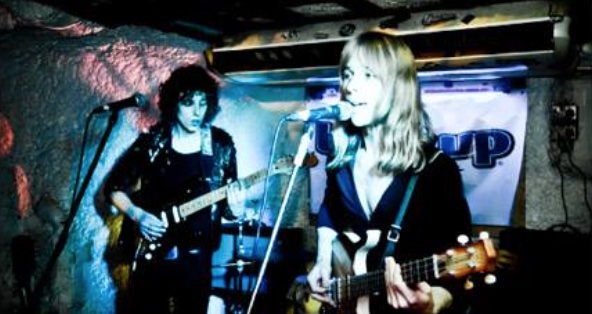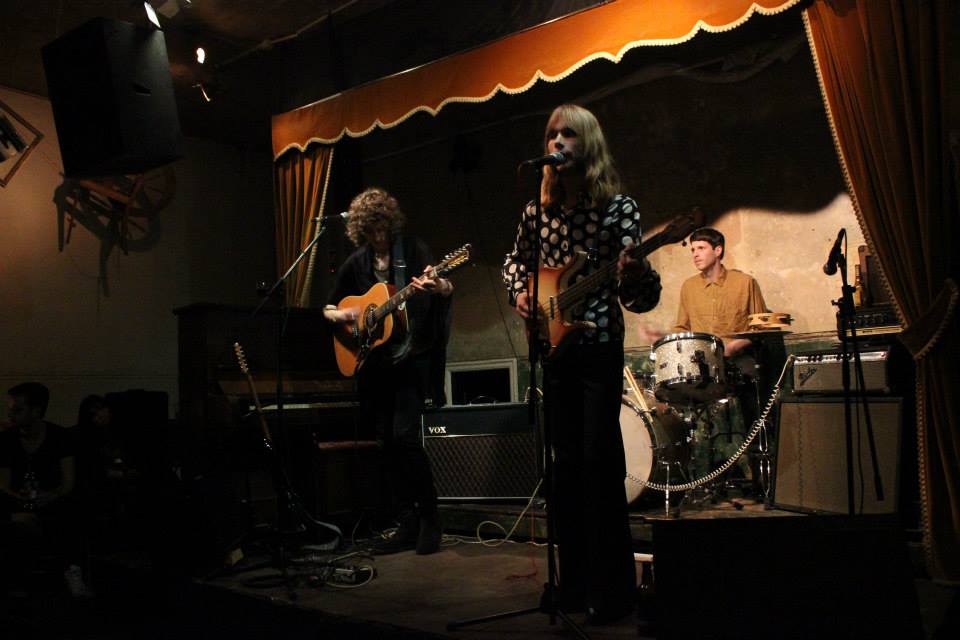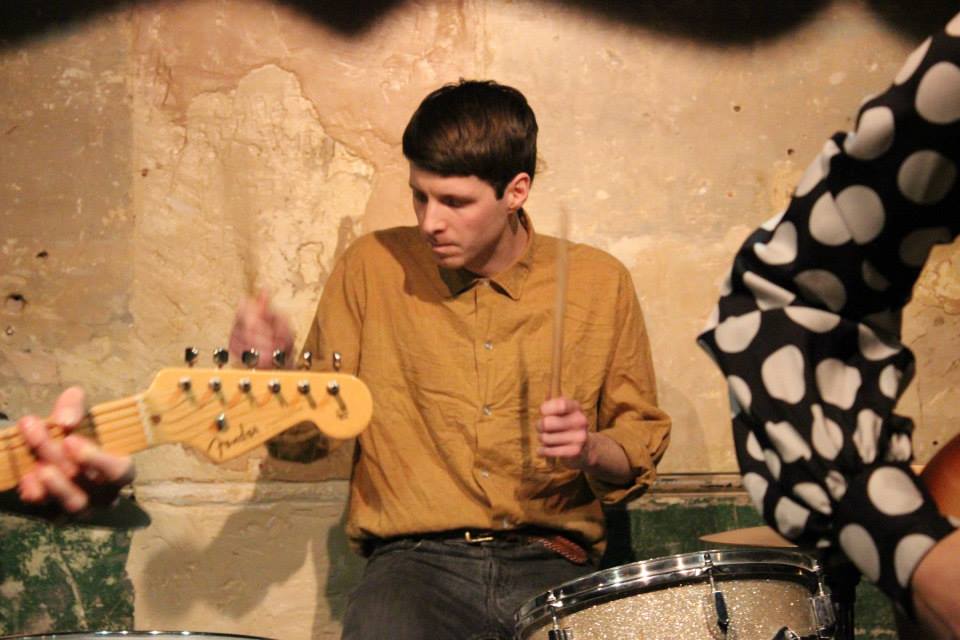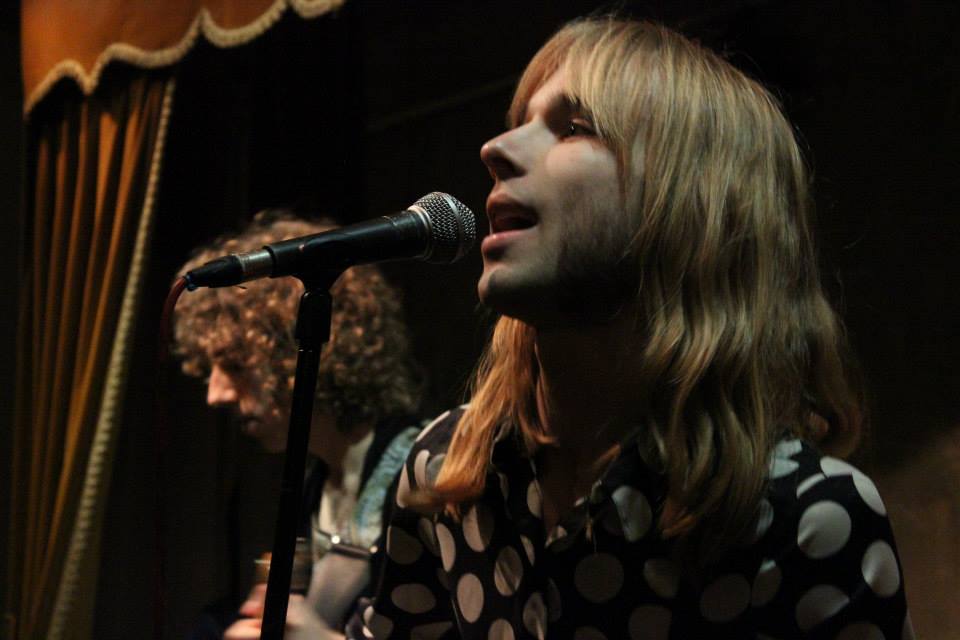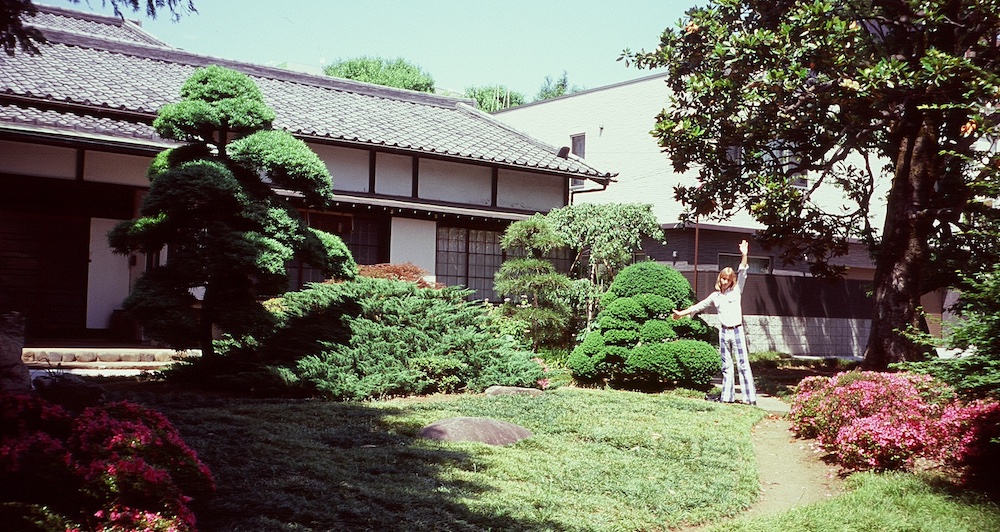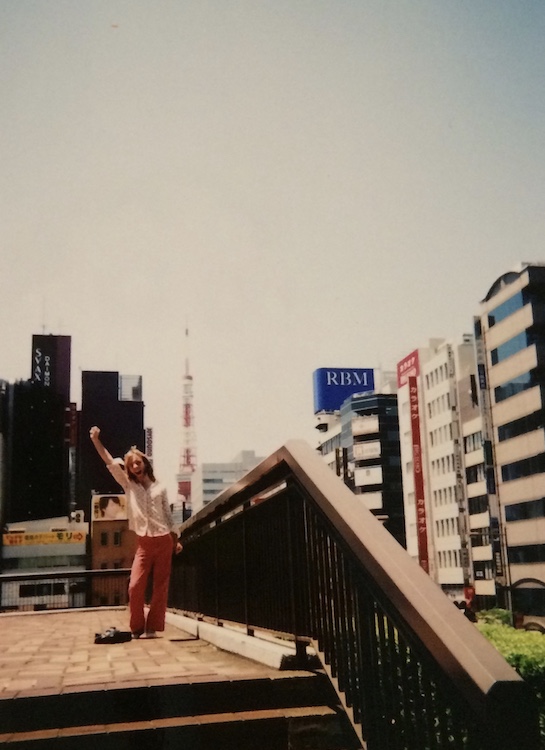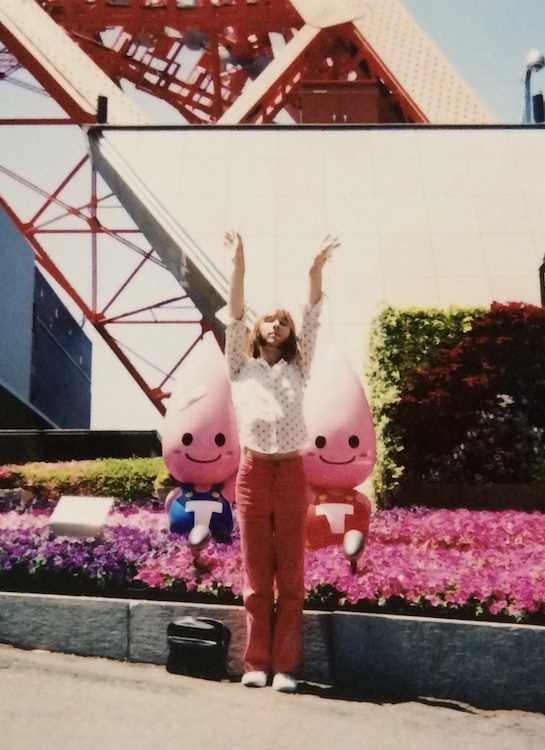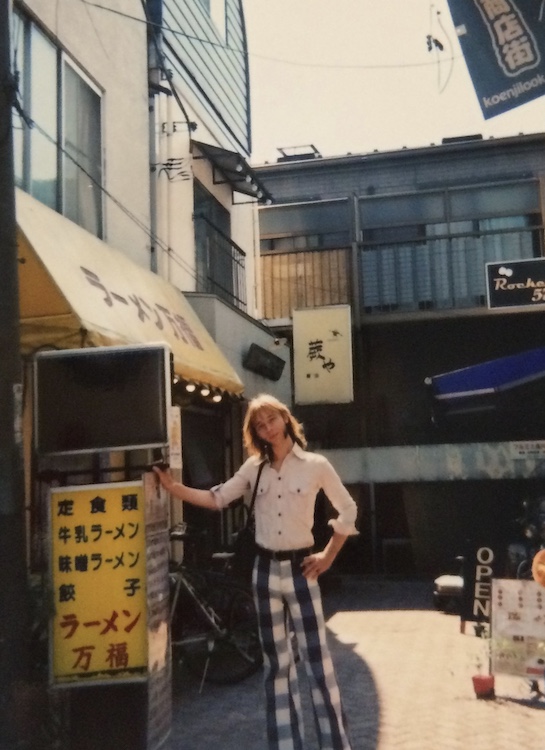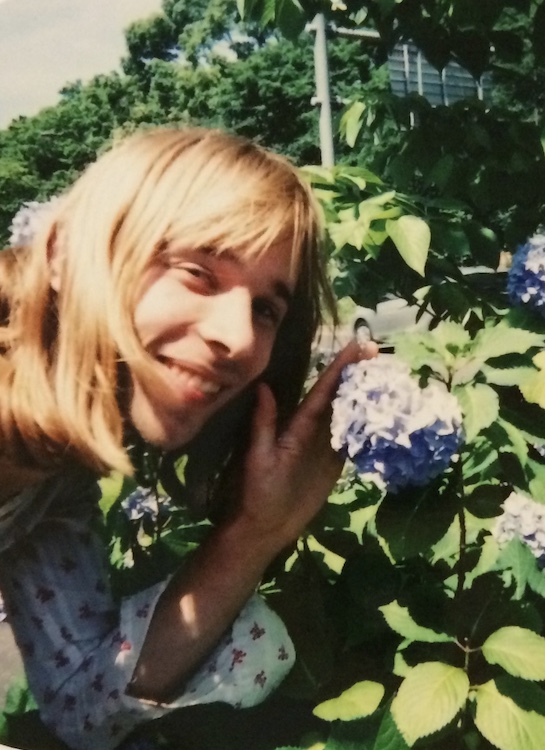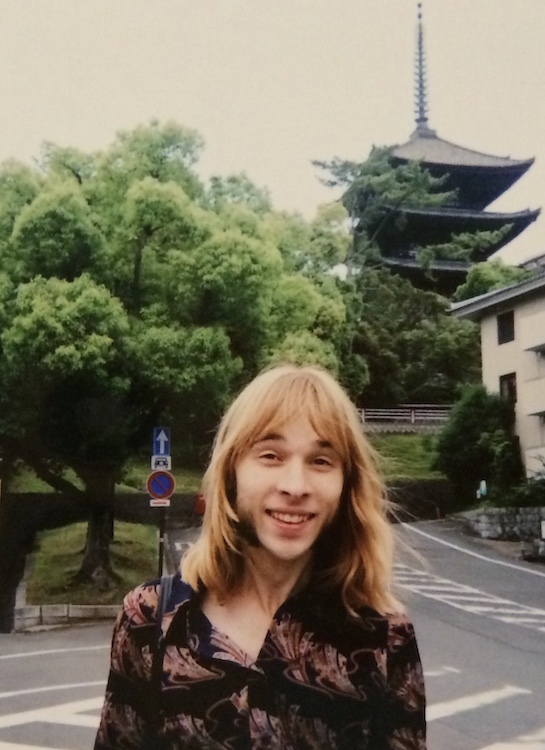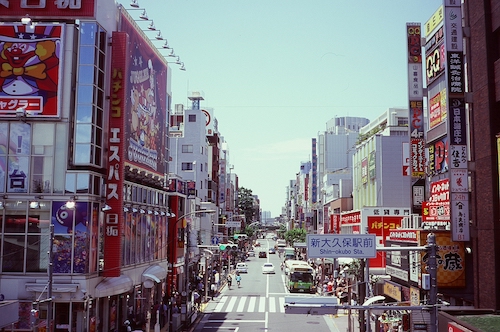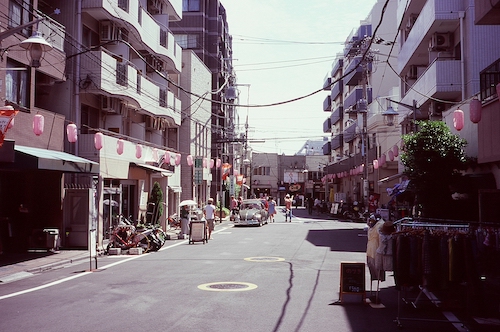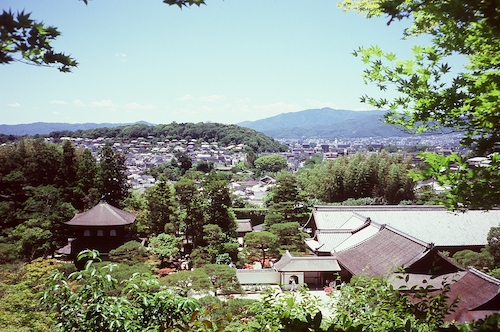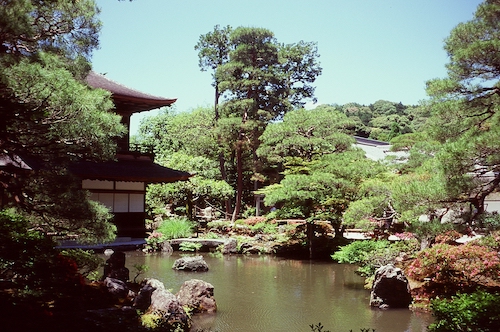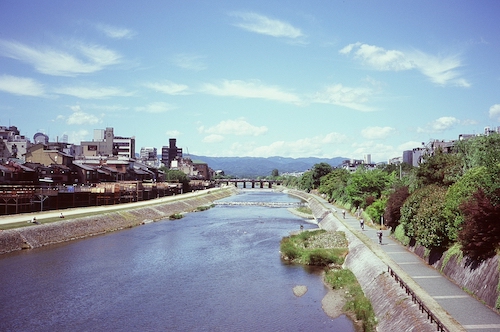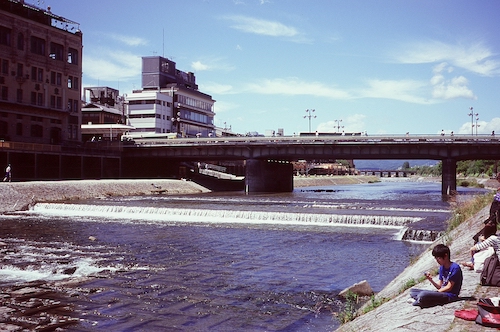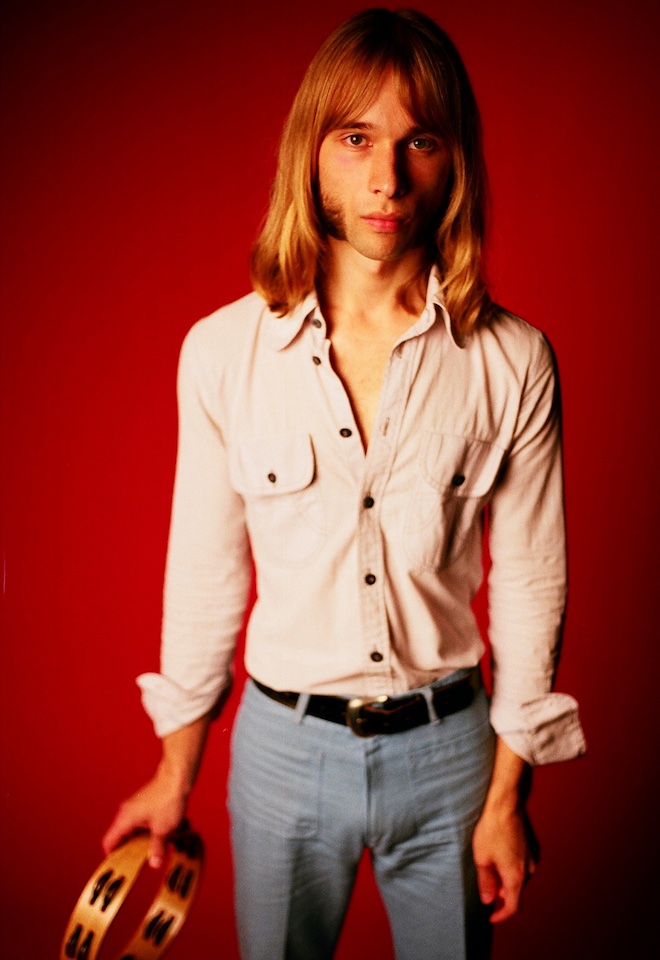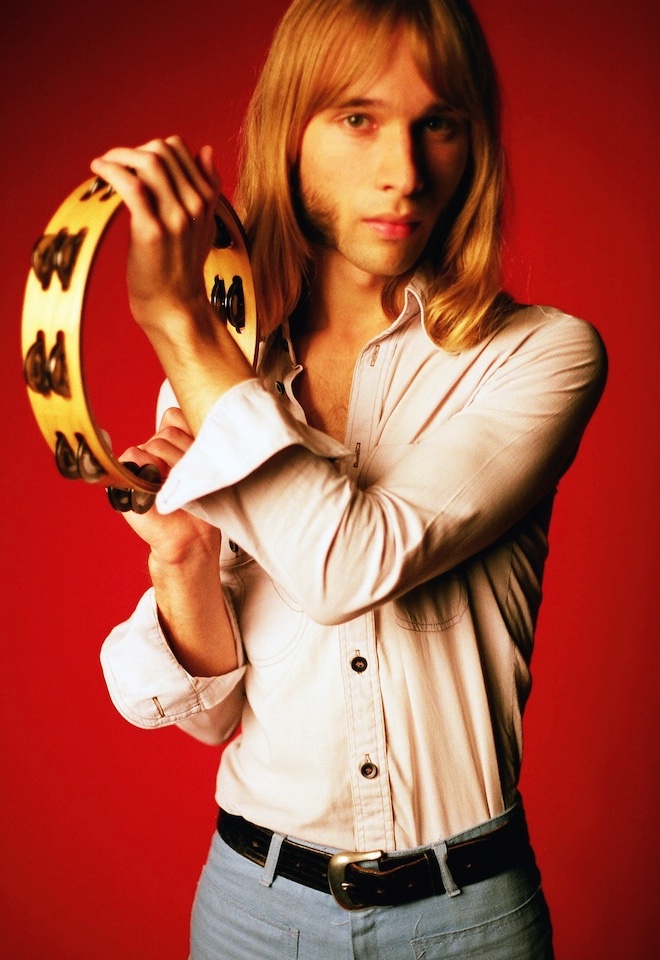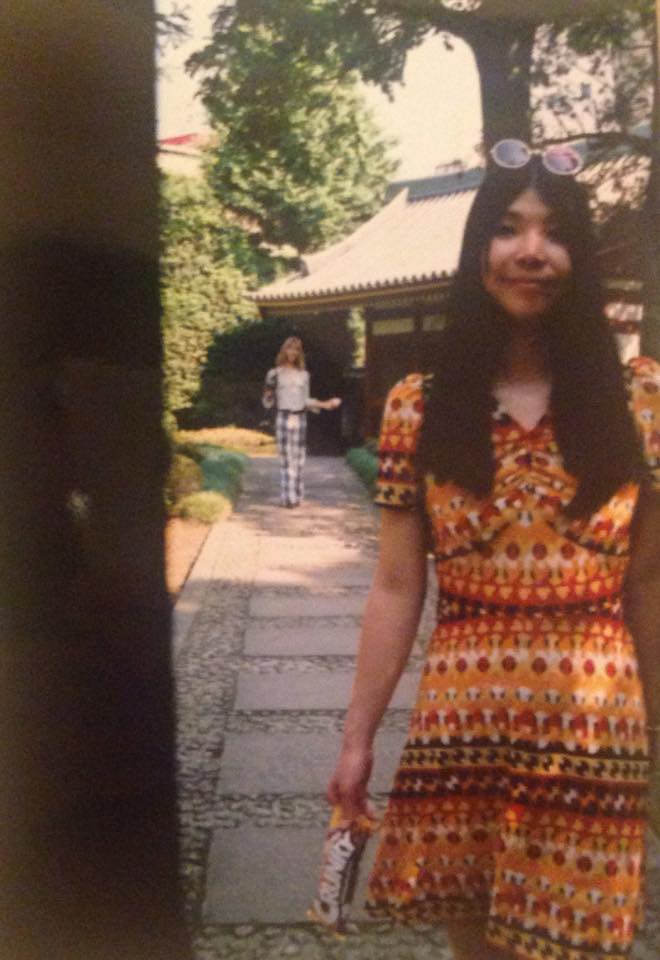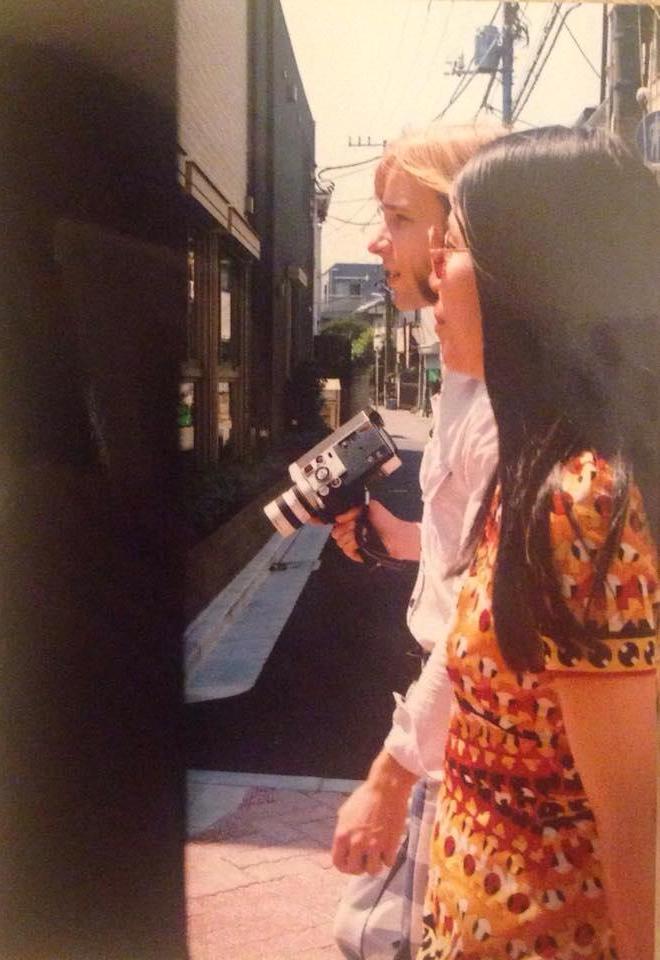Crystal Palace 2015
In December 2014 I moved from Battersea to Crystal Palace after finally having found an affordable studio flat. Musically I felt as though I was starting to hit my stride, the writing was getting easier and I was thoroughly enjoying the recording process. Prior to this I had only shown my songs to a few people at work, maybe the odd family member but by now I'd started putting things up on Soundcloud and telling people about it. One person I told was my then-girlfriend's boss who - upon hearing that I had a music project - cackled and derogatorily remarked "whachya gonna call it then, Harley and the Hummingbirds?". Well, that's exactly what I did, it was flippant enough for my liking and Plastic Modern felt too deliberate and contrived anyway. I was still working at Wunjo and it was through the shop that I first met Oli Swan. He had just started working in the guitar shop and the moment I saw him, from across the threshold of the front door, I knew I had to get him in the band. I hadn’t heard him play and I didn’t know what he played but he looked great. Thankfully he did play an instrument, guitar believe it or not, which eventually necessitated a move on my part to the bass. It was a price I was willing to pay given his reluctance to join at all. There was another potential member around this time, Tommy Atkins (of Love LUV) who was originally slated to play bass and whose instrument was held together in a most intriguing fashion. I’d never seen a headstock break quite as shockingly yet successfully repaired as the one on his Hofner, think ‘fire damaged Frankenstein’ and you’re getting close. We did a few living room rehearsals with this lineup but it was decided, probably for ease of scheduling practices that we would start off as a three piece. Oli and (then-girlfriend) Kirsty were living at Cable Street Studios, an imposing Victorian building in the East End built in the 1860s. The place was designated as art studios but the cheap rent meant that most of the tenants were living there (illegally) full time. This gave it the feel of an artist's commune, not something one would usually find in London, but here in the heart of the old industrial centre of the city you had a large collective of young creative people all living and working in close proximity. It can’t be denied however that it was essentially slum living. There was one communal bathroom per floor, no running water in the rooms and a general feeling of decay and disrepair. Despite this Oli had created a comfortable living space complete with a bespoke raised bed and charming vintage furniture. I would occasionally go round in my free time and we’d spend hours talking about music and showing each other songs we’d been working on. There was a studio in the same building and it was here that we’d try out prospective drummers. I recall trying out this one particular kid. I had a soft spot for him because he understood the importance of stylistic playing but this was very much at the expense of the playing itself, which despite his tremendous self-confidence meant that he couldn’t play for shit. He did however regale us with stories of the goings on at his early morning job at the Piccadilly branch of Boots. Neither Oli or I really knew the owner of the studio but whilst handing back the keys after a days worth of unsuccessful auditions we got chatting. Not only did this guy drum but his musical tastes aligned with our own. We went back inside and everything fell into place, there was no way it couldn’t, it seemed too fateful a moment. James Swatton-Smith became the Hummingbirds’ first drummer.
Video clip for the song You, filmed in Amsterdam
Crystal Palace Tapes 2015
This is a collection of songs dating from the time that I was writing and recording the material for the first two EPs.
Back For More was one of the first things I wrote with the intent that it should hold up in a live setting. The recorded version lacks drums but for the shows we gave it the full 'Glitter Band' treatment. I was eager to get it recorded quickly and intended to re-write the lyrics at a later date but never got round to it.
Morning Madness was another one written for the live show and recorded in a hurry. The middle 8th features my first attempt at tape flanging (for my own songs at least, I had experimented with flanging during my time in The Brixtones).
Daddy's Car proved impossible to record to my satisfaction. There are moments where you can hear the potential and there's a rather nice key change, but listening now the songwriting is a lot weaker than I thought at the time and I can understand Oli's disdain for it. Still, for the sake of continuity and so that there is a record of every song the Mk I lineup played live, I thought it should be included.
You and TV were originally intended to be part of a concept album that I never got round to though stylistically you can certainly hear hints of what would become Future Superstar. Both tracks feature the archetypal 70s dual lead guitar that would end up on far too many of my recordings (a guilty pleasure).
Never Heard That Before is a bit of organ and Moog experimentation. It was recorded in the early hours of the morning and sounds like it. Popol Vuh was the big inspiration, not so much musically but I'd seen a picture of them with their Moog and bongo drum and wanted to make music like that picture.
Epiphone Flying V • Epiphone Frontier • Danelectro Longhorn Bass • Minimoog Model D • Philicorda Organ • Percussion • Arbiter Fuzz Face • Colorsound Wah • Memory Man • Wem Custom 15 • Revox A77 • Revox B77 • Teac 2A Mixer • DBX 118 • Hammond Reverb • Akai ADM-14 • AKG C452 • Shure Unidyne • Sony C38B
All songs recorded in Crystal Palace, London
The First Shows
This was an especially prolific period in terms of songwriting. The band was just getting started which necessitated a whole set of new songs that would work in a live context. If it was decided at rehearsal that a new or different song was needed then I would simply go home and write one ready for next week’s practice. This was a refreshing approach and gave the whole thing some momentum. We rehearsed for a couple of months before securing our first show at the St. Moritz Club in Soho. It wasn’t a particularly successful entry into the world of live performance, I don’t think anyone besides out girlfriends came to see us and the resentment from the promoter was palpable. Looking back I was woefully unprepared to front a band and was also battling terrible stage fright, perhaps it was best that very few people saw the live debut. The second show at Jamboree was more favourable and it is from this show that the only known video of the Mk I lineup exists. The venue was part of Cable Street Studios so one was guaranteed an audience turnout, probably bolstered by the absence of anything else do in Limehouse on a Sunday night. Oli’s bandmate Leo (Pale Fires) provided projections for the evening and Bruno Wizard of Homosexuals fame provided his poetry. Bruno was an eccentric of the old-English variety and of all the performances that evening, his was the only one I remember.
Cover Photo: The first show at the St Moritz Club • Morning Madness live at Jamboree
A Month In Japan
The first shows hadn’t gone to plan and at the same time I was feeling trapped by my job. I didn’t want to be a retail employee for the rest of my life but the combination of low pay and high rent left me with very few options. Not being one to take the measured and considered path, I quit my job anyway and went on a month long holiday. A month is a long time, I was sure I could figure things out by the time I got back. This coincided with my then-girlfriend’s visa expiring so regardless of what I did there was very clearly some upheaval coming in the not too distant future. I wasn’t particularly interested in Japan, I viewed it more as an escape from reality and I certainly never expected to live there as I did only a couple of years later. I suppose that says it all, I fell in love with the country as almost everyone does who visits, it’s cliché for a reason. My then-girlfriend stayed there due to visa issues and I came back to London for the summer. I had no job, no responsibilities and a flat to myself… it was wonderful. I was writing and recording incessantly, staying up all hours of the night, headphones glued to my head with the backdrop of a pleasant English summertime. I was still recording in the same way (two track bouncing) but trying to push things sonically by utilising a second Revox and reinstating an old Teac mixer I bought during my time in The Moon Music Orchestra. It was still a primitive set-up but I didn’t feel limited. The only issue I can recall were the creaking floorboards and footsteps coming from upstairs. There were two massive Russian men living above me so I would have to ensure that any microphone recording coincided with them either being asleep or out of the house. The two track recording method requires single takes all the way through the song (no punch-ins) and there were a few instances of nearing the end of a good vocal take only for there to be a massive bang and creak as one of them got back home.
Love, Love, Love
In spite of the recording difficulties most of the material that comprised the first two EPs were recorded that summer. I had wanted to make a video for a while and in Love, Love, Love finally had the vehicle to do so, remember this was the era of any old music video getting 100k views on youtube and I was in a hurry to jump on that bandwagon. The song is 60s Pop through and through, inspired mostly by The Monkees and Os Mutantes. I asked Lily Rose-Thomas, a girl I knew from secondary school, to help with the filming and from the first meeting it became clear she had somewhat lofty directorial ambitions. I had a fairly defined idea of what I wanted to achieve with the video but since this was being done as a favour it didn’t seem right to argue. She ended up enlisting a friend of hers, Ian Forbes, to do the camera work since he had more experience working with Super 8. The studio filming took place in a rehearsal room on a rainy day in July. Ian was driving so the plan was to use his car to bring the backdrop and lighting from my flat which was just around the corner. He arrived two hours late and thanks to Crystal Palace’s one-way system and a number of inconvenient road blocks we ended up having to drive down to Thornton Heath and back again in order to get there. It was a stressful day to say the least (as you can probably tell from the pictures which were taken towards the end). After the film shoot the plan was for Lily to do the editing. The first couple of rough edits were a far cry from what I had in mind so I took it upon myself to put the film together. Up till this point I had been passively denying her control of the project and once I presented my edit she decided enough was enough and insisted her name be removed from the video. We never spoke again after that. She had the last laugh though, I missed the youtube bandwagon, the world must not have been ready for such shameless nostalgia.
Photos taken during the video shoot • Using my new Super 8 camera in Japan with my then-girlfriend Yuka
Photo and video credits: Yuka Matsumoto • H Hill-Richmond • H Hill-Richmond • Paul Tunkin • Kirsty Thomas • Unknown • Unknown • Unknown • Unknown • Unknown • Unknown • Yuka Matsumoto • Yuka Matsumoto • Yuka Matsumoto • Yuka Matsumoto • Yuka Matsumoto • Yuka Matsumoto • H Hill-Richmond • H Hill-Richmond • H Hill-Richmond • H Hill-Richmond • H Hill-Richmond • H Hill-Richmond • Lily Rose-Thomas & Ian Forbes • Lily Rose-Thomas • Lily Rose-Thomas • Nanako Miyazawa • Nanako Miyazawa
